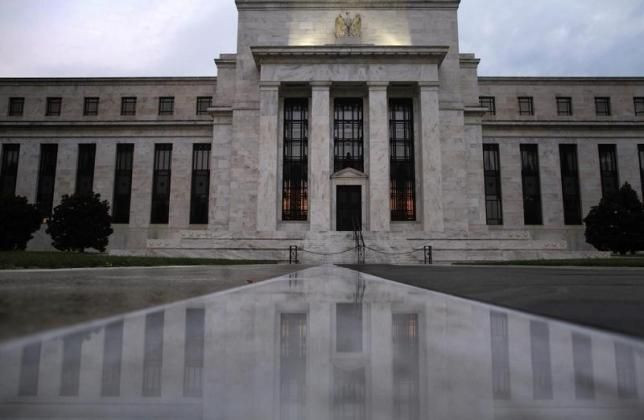Fed Rate Hike: Three Things We Learned From The October Fed Meeting

The Federal Open Markets Committee came out of its October meeting Wednesday with a decision that surprised no one: Rock-bottom interest rates would stay on hold once again. But the characteristically short, cookie-cutter statement contained a few nuggets that indicated the Fed may be reorienting toward a December rate liftoff, as Fed Chair Janet Yellen has suggested in the past.
When the Fed does raise rates, it will affect every member of the economy, from investment bankers negotiating multibillion-dollar mergers to homeowners looking to refinance their mortgages. Here are three things everyone can take away from Wednesday’s announcement.
- December: Still On The Table
In its previous statement in September, the Fed spoke of “determining how long to maintain” its near-zero target rate. The October statement, however, has a more pointed phrasing. The Fed said it will be “determining whether it will be appropriate to raise the target range at its next meeting,” which is scheduled for Dec. 15-16.
The subtle change has been greeted as a more hawkish tone for the Fed. The dollar climbed sharply on news of the statement, reflecting confidence the Fed will hike rates in December -- a move that would bring more capital stateside and strengthen the dollar.
Futures markets also changed course. Trading on futures designed to hedge against rate hikes showed a 10 percent greater implied chance of a December liftoff. Still, futures traders put the odds at less than half that the Fed would raise rates before year’s end.
- Global Concerns Have Subsided
When the FOMC last convened to discuss benchmark interest rates, Chinese equity markets were still smarting from an August crash. Emerging markets the world over shuddered as the prospect of the world’s second largest economy slowing down hit nations large and small.
“Recent global economic and financial developments may restrain economic activity somewhat and are likely to put further downward pressure on inflation in the near term,” the Fed said in September.
Markets have calmed in the month since, and the Fed has done away with that sentence. Though the statement said the FOMC would continue “monitoring global economic and financial developments,” the tone of alarm is gone.
Still the decision to normalize interest rates will have global economic consequences. A stronger dollar would put further pressure on U.S. exporters like Apple already feeling the pinch from unfavorable exchange rates. An eventual rate hike will amplify that pain.
- The Economy Is Doing OK, Sort Of
Two months of soft jobs reports and weak manufacturing data made markets doubtful of an October hike. But the FOMC highlighted other segments of the economy showing strength.
“Household spending and business fixed investment have been increasing at solid rates in recent months,” the Fed statement read, an improvement over increasing “moderately” in September.
Together with a headline unemployment rate of 5.1 percent, near the Fed’s latest estimate of full employment, the good news in household spending could prove a precursor to solid wage gains and greater inflation -- both of which have been hard to come by since the financial crisis.
© Copyright IBTimes 2025. All rights reserved.






















